Premium Only Content
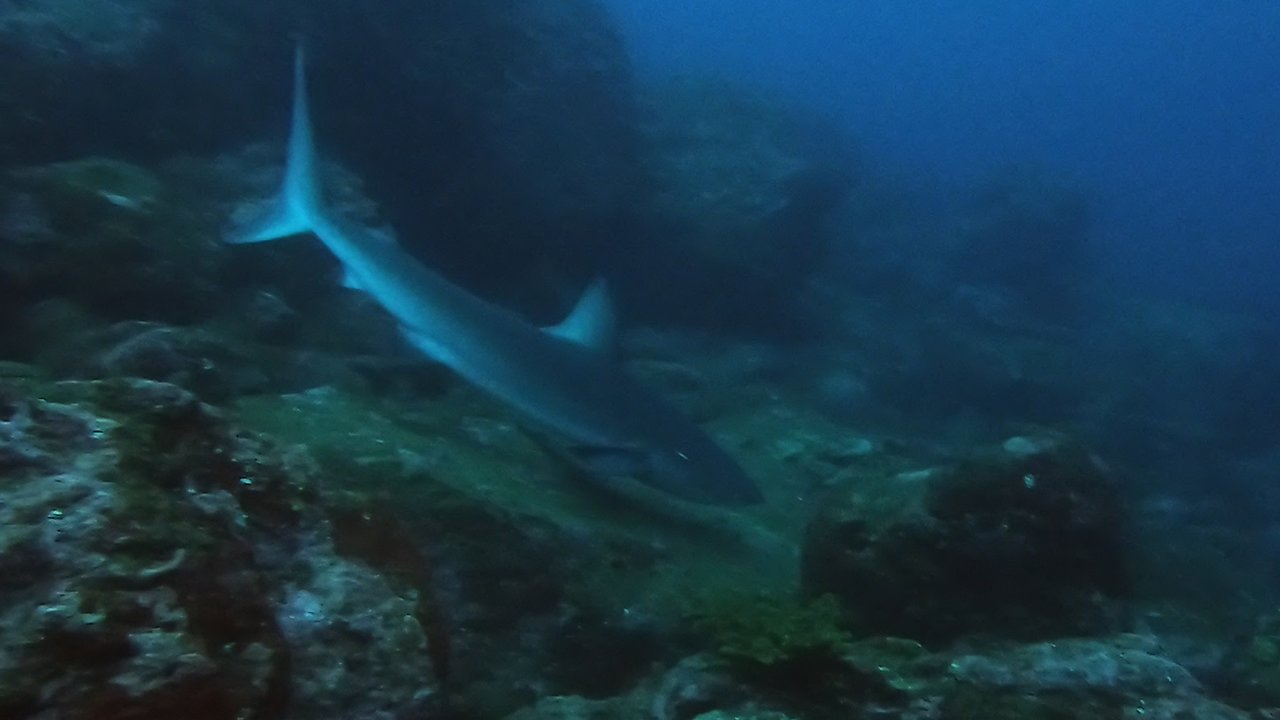
Galapagos shark is a dangerous top predator
Galapagos sharks are at the top of the food chain in the Galapagos Islands and it's no wonder. They can reach an impressive length of eleven feet and they can weigh up to 430 pounds. Active predators that hunt in large groups, they will eat almost any fish, octopus, marine iguanas, and even sea lions. They are bold and occasionally aggressive toward humans, and they are one of the few shark species that are regarded as dangerous to scuba divers. Commonly, they have fourteen rows of sharp teeth and an impressive bite strength. Understandably, they are well respected animals and scuba divers are very cautious when these sharks show up.
Despite the potential for aggression, shark attacks are extremely rare, and they are usually due to careless behavior or misunderstanding rather than predatory feeding behavior. Divers are well advised to pay close attention to these sharks and they will quickly exit the water if the sharks appear in large numbers or if the sharks become excited. Common methods of repelling sharks, such as striking them with objects will not actually deter the Galapagos shark at all, and in fact, it could trigger a feeding frenzy. Humans should always remember that they are guests in this underwater domain and that incorrect behavior will often have immediate and serious consequences.
This Galapagos shark swam past a group of divers who were stationed on a ledge, watching for whale sharks to pass by on the strong ocean currents. The Galapagos shark was curious and it passed several times, stopping to circle an area in the rocks near the divers. Being careful to move slowly, the diver with the camera drifted along the rocks toward this beast to get a little footage. The shark actually appeared ready to lunge at a fish in front of its snout, but decided quickly that the smaller fish was too agile to pursue. This very subtle, but important cue was a signal to the diver that this shark was hungry and that approaching any closer might be risky. The shark circled a few times and then left to explore other areas.
Whale sharks that frequent this are will often have large chunks missing from their dorsal fins or tails.
A common reason for this is that they have been bitten by Galapagos sharks, most likely at a young age, causing these injuries. Scuba dive masters will tell their groups that sharks are not to be feared, but that the divers must have a healthy respect for them and pay close attention to their behavior to minimize the risk. No intelligent diver will ever seek out close contact with these animals without a great deal of training and experience.
-
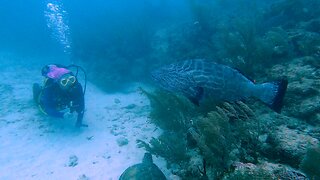 1:22
1:22
WildCreatures
12 days ago $0.51 earnedCurious goliath grouper supervises scuba diver filming sea turtle
3.04K6 -
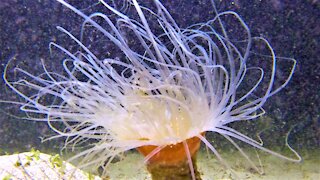 0:57
0:57
WildCreatures
3 years ago $0.20 earnedHighly venomous ocean predator is exquisitely beautiful
2.36K15 -
 0:21
0:21
Mohajeri
3 years ago $0.64 earnedFisherman rescues baby shark from certain death
4.61K8 -
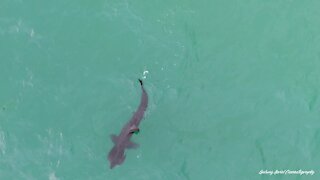 2:40
2:40
galwaycinematography
3 years agoIrish drone footages captures feeding basking shark
1.35K28 -
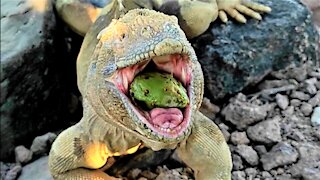 0:55
0:55
WildCreatures
3 years ago $5.88 earnedGigantic lizard devours fruit in the Galapagos Islands
8.6K14 -
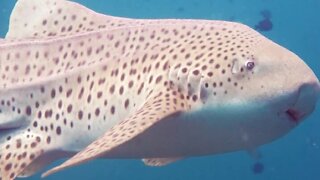 0:43
0:43
DanielSasse
3 years ago $82.67 earnedStunning underwater photography of the beautiful zebra shark
2.67K18 -
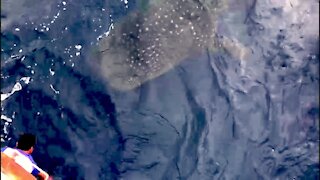 1:14
1:14
GalapagosGuys
3 years ago $14.93 earnedExtremely curious whale shark surfaces to investigate people on boat
6.88K9 -
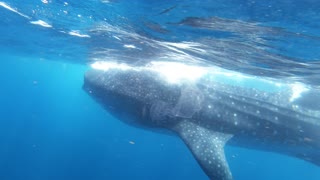 0:26
0:26
KristysWorld
3 years ago $6.38 earnedWhale shark passes within inches of thrilled photographer
2.97K7 -
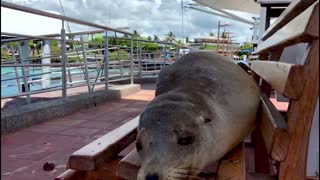 1:29
1:29
WildCreatures
3 years ago $39.11 earnedSleeping sea lions completely take over the benches in Galapagos Islands
18.9K18 -
 0:35
0:35
EmotionsofAfrica
4 years ago $7.81 earnedZebra performs dangerous kick during fight with opponent
4.43K4